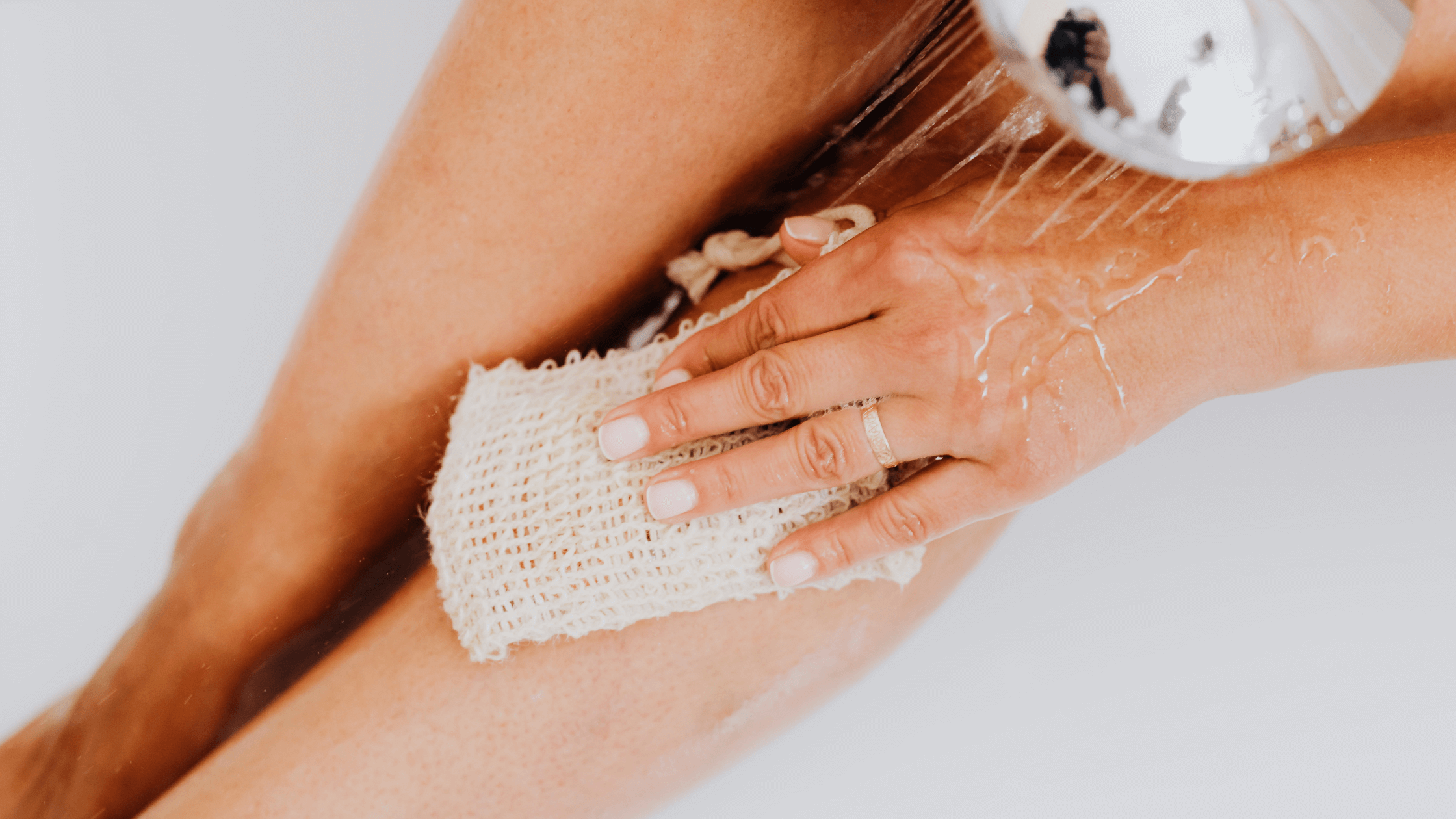Physical Therapy For Lymphedema: How Can It Help?

Physical Therapist, PT, DPT, MTC // EW Pilates Instructor // EW CoreAlign Instructor // Certified in Dry Needling // EW Motion Therapy Homewood
The human body is about 60% water, and that fluid travels around our body as we move around and perform different activities. Have you ever gotten off of an airplane with swollen ankles? That is a buildup of fluid from sitting for an extended period plus the gravitational forces of the plane. One way liquid travels through our body is through the lymphatic system, which transports excess fluid through our lymph nodes and manages our overall levels. But what happens when this system gets blocked? How can we manage the fluid levels in our bodies?
If a part of the lymphatic system gets blocked, the resulting fluid buildup is known as lymphedema. It is relatively common, and you have a few treatment options. Physical therapy is one of those options, as there are lymphedema-certified physical therapists in the field. We help treat swelling and lymphedema to improve mobility in many of our patients at EW Motion Therapy, and we help them restore functional movement lost from the swelling. Even if you choose not to work with us, we still want to discuss lymphedema and some ways to help.
This article discusses lymphedema, how it differs from swelling, and how physical therapy can help. With this information, you can get the treatment you need and return to your favorite activities.
What is lymphedema?
Lymphedema is a buildup of lymphatic fluid under the skin. Lymphatic fluid is the clear liquid that travels through the lymphatic system, and it helps our bodies fight infection and heal properly. But as we mentioned, the lymphatic system can sometimes get disrupted by removing the lymph nodes or damage from trauma or cancer treatments. This disruption ultimately causes the buildup of fluid and swelling that characterizes lymphedema.
Swelling from lymphedema occurs most often in the arms and legs, which can cause pain and affect your mobility in those areas. You may find walking harder, and it may be more difficult to bend your elbow to reach a cup on a high shelf.
Swelling vs. lymphedema
To understand lymphedema, it is essential to distinguish the buildup of lymphatic fluid from typical swelling, also known as edema. Edema is the body’s response to an injury or wound that requires healing and typically subsides once the healing process is complete. If you have recently sprained your ankle and it swells, that is probably not lymphedema, as your body is simply trying to heal the sprain, and your lymphatic system is not disrupted. Before starting treatment, be sure to confirm with your doctor whether you have lymphedema.
How can physical therapy help?
Some physical therapists have completed certifications to treat lymphedema specifically, and you can talk to your doctor or do a Google search to find one in your area. They can perform lymphatic massage to promote lymphatic drainage and reduce swelling. But generally, a physical therapy treatment plan for lymphedema would focus on improving general movement and strength. Through hands-on techniques and various exercises, your therapist would work on restoring functional movement in affected areas and help you build muscle to continue progressing.
What other professionals can I see?
Now you know more about lymphedema and how physical therapy can help. Hands-on treatment can be beneficial for swollen areas, and physical therapists are not the only ones who can provide that. Many massage therapists are certified in lymphatic massage, and if physical therapy is not an option, this may be an excellent way to relieve pain and swelling.
Lymphedema can sound scary at first, but with expertise from the right care team, you can reduce your swelling and get back to the activities you enjoy. At EW Motion Therapy, we collaborate with numerous lymphatic specialists in our community to offer a comprehensive care experience for our clients. If you're interested in starting your journey with us, download our physical therapy Q&A below to determine if it's the best treatment option for your needs.

